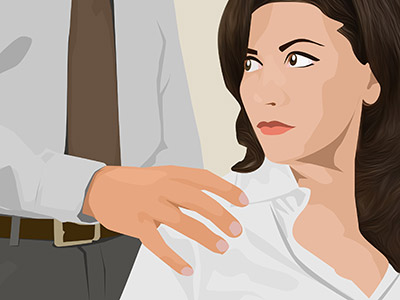Child sexual abuse occurs when a person, whether young or old, male or female, uses a child for his or her own sexual gratification. It can involve forcing, tricking or threatening a child into sexual activity. Sexual abuse can be physical or verbal and can cover a range of sexual behaviour including:
- Vaginal or anal intercourse
- Putting objects inside the vagina, mouth or anus
- Oral sex
- Masturbation between abuser and child
- Kissing by using the tongue
- Encouraging or forcing a child into prostitution
- Sexual touching (fondling of private parts, caressing body parts)
- Use of children for the production of pornographic materials
- Exhibitionism
- Voyeurism
- Encouraging or forcing a child to look at the private parts of the body or watch sexual acts
- Obscene phone calls
Who abuses children?
A sex offender can come from any profession, religion or racial background. They may be:
- Male or female
- young or old
- Sometimes a stranger but usually someone known or close to the victim
- They often appear trustworthy and respectable
Who is susceptible to sexual abuse?
Any child of any age or race is a potential victim of sexual abuse. It can occur in poor, middle class or wealthy families. Sexual abuse can take place anywhere, at anytime, to able or disabled children.
According to the Child Act 2001, 'children' in this context refers to a person who is under 18 years of age.
How will I know if a child is being sexually abused?
The effects can vary depending on a child's personality and the severity of the incident. Symptoms may not always be obvious, and there may be no behavioural changes, particularly if that child is not aware that what is being done to them is sexual abuse. The following may indicate that a child is being sexually abused:
- Refusing to attend school or performing badly in school
- Aggressive or anxious behaviour (e.g.: running away)
- Nightmares, trouble sleeping, fear of the dark
- Fear of a particular person or place
- Wearing many layers of clothes
- Suicidal tendencies
- Low self esteem
- Depression
- Eating disorders
- Drug or alcohol addiction
- Physical harm e.g. cuts and bruises
- Sexualised behaviour or fear of sex
- Bedwetting or thumb sucking especially in older children
- Physical symptoms e.g. venereal disease or pregnancy
- Withdrawing themselves from their usual social activities

